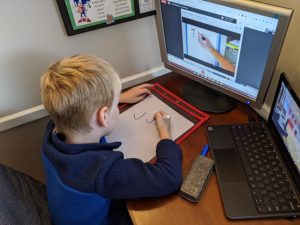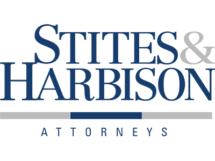
LEXINGTON, Ky. – Fayette County Public Schools students will have the option of returning to in-person learning five days a week in January, said Fayette County Public Schools Superintendent Manny Caulk, summarizing unanimous input from Fayette County Board of Education members at a special called meeting on Oct. 21. Families will also have the choice of selecting remote instruction for their students. Virtual learning and targeted instruction will continue through the rest of 2020.
Major agreements stemming from the board’s discussion include:
- Fayette County Public Schools will continue offering Non-Traditional Instruction: Differentiated Distance Learning (NTI: 2DL) for the remainder of the fall semester.
- Schools will continue to provide targeted services for small groups of students and possibly expand offerings. Leaders will also look at how best to support our preschool students.
- FCPS will prepare for a return to in-person learning five days a week in January, provided conditions with the virus are safe. Families will have the option of sending their children to campus five days a week or selecting remote instruction. Employees will also have the opportunity to share their plans in advance of a return to in-person learning. Family interest and staff availability will help schools devise the best instructional plans for students in both cohorts.
- Families whose children are currently enrolled in the Virtual Learning Academy will have the opportunity to remain with VLA, or choose either remote or in-person learning for the second semester.
- The open enrollment window for the second semester of the Virtual Learning Academy will be from Nov. 2 through the 16th. Those interested in the ability to learn anytime, anywhere at their own pace during the second semester will be able to apply for that option.
Caulk thanked the more than 33,000 families and employees who participated in surveys about the possible return to in-person instruction with a hybrid model phasing in at the elementary level beginning the week of Nov. 2.
Overall, 82 percent of staff and families indicated a preference to return to in-person instruction, while 18 percent expressed a desire to continue with remote learning.
“The vast majority of our families and staff want to return to in-person learning,” Caulk noted.
However, many also expressed concerns about the disruption of doing so just two days a week.
During the board meeting, teachers and district leaders presented sample school instructional models designed to be used under a hybrid scenario in which two groups of students rotate between in-person learning two days a week and learning at home three days a week.
After seeing how that model could work in different schools, board members raised concerns that the hybrid proposal would provide less direct instruction from teachers than students are currently receiving through NTI: 2DL. This sentiment was also shared by families on the survey and educators working on hybrid plans at the school level.
After district leaders presented an instructional model in which all students would either learn in-person every day or remotely every day, board members expressed unanimous support for moving ahead with that structure.
All five school board members voiced a commitment to returning to in-person learning with a model that allows families to choose between remote learning or in-person instruction five days a week. Rather than disrupt class schedules and teacher assignments at this point in the semester, school and district efforts will focus on preparing for a smooth transition in January.
District and school leaders will continue to share more details with employees, families and community members as our schools develop instructional plans to serve students in both the remote and in-person cohorts.



















Add Comment